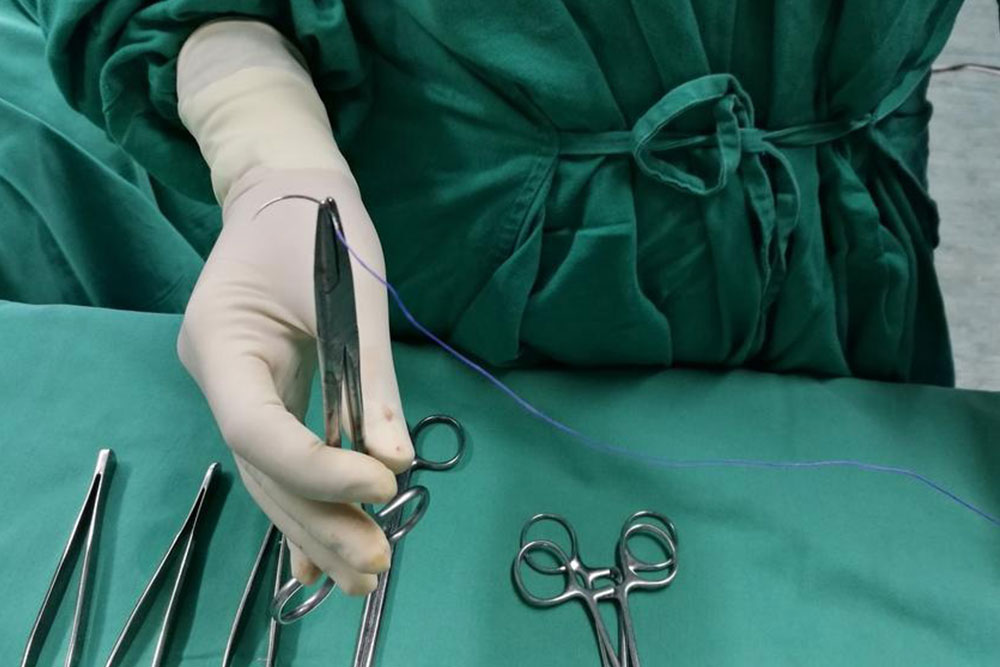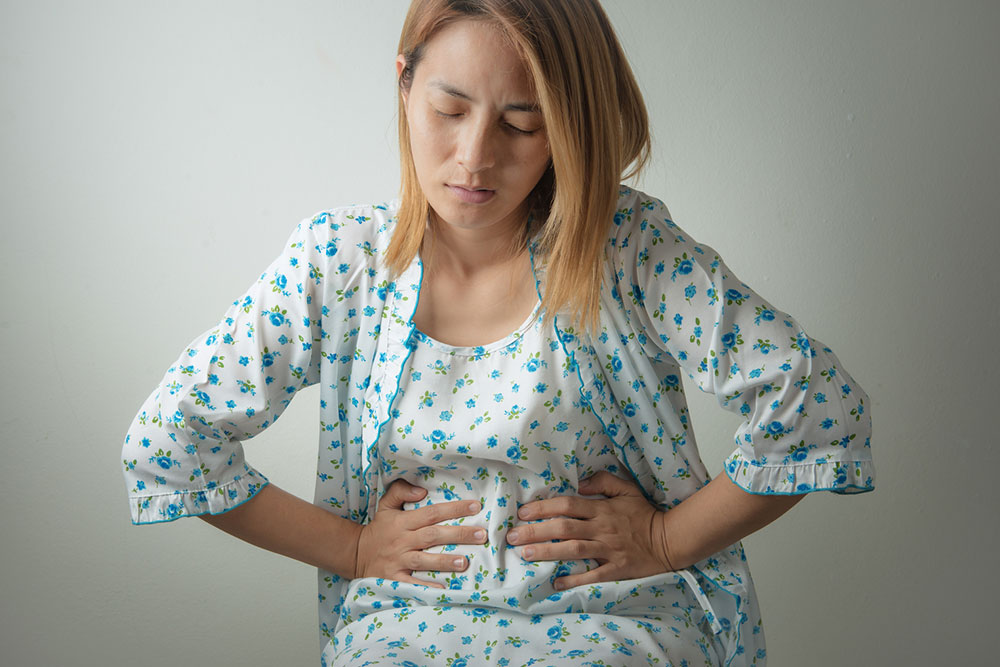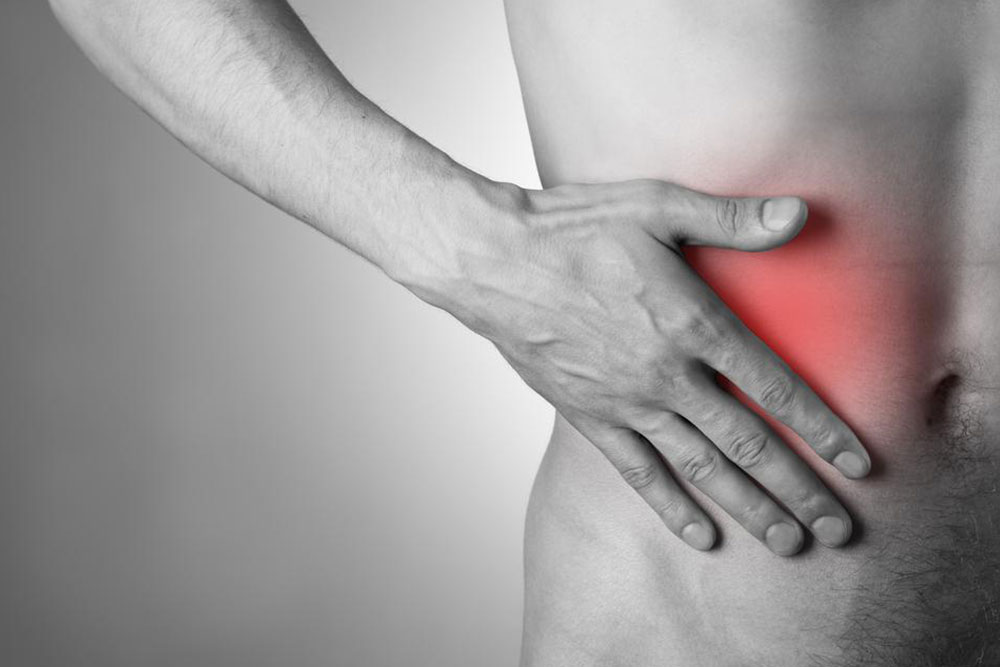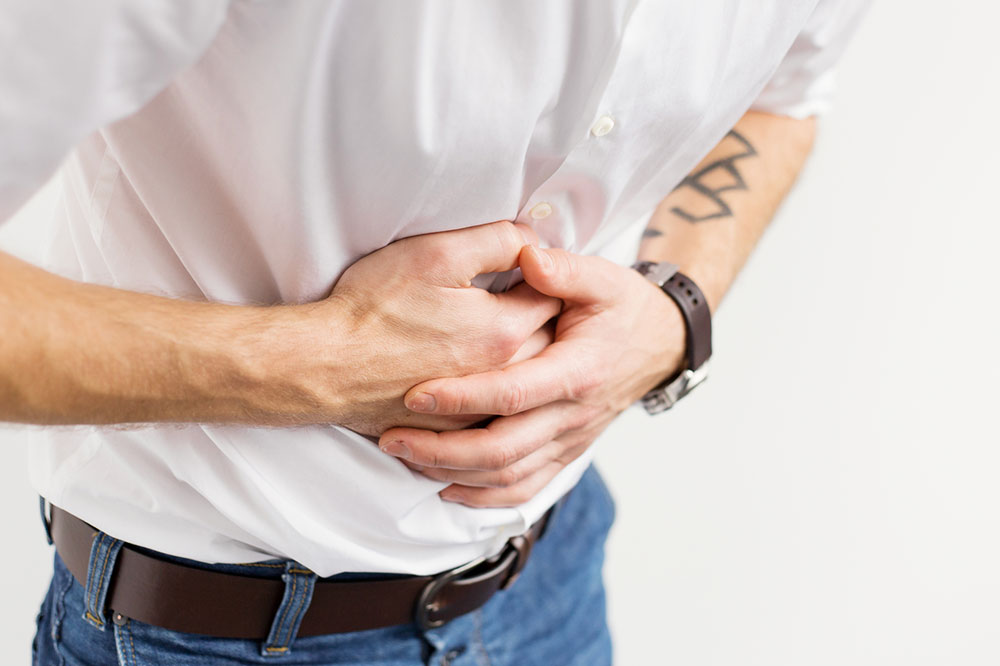Understanding Inguinal and Hiatal Hernia: Symptoms and Indicators
Explore the key symptoms of inguinal and hiatal hernias, including bulges, pain, gastrointestinal issues, and signs of emergency conditions. Recognizing these symptoms early can prompt timely medical intervention and prevent complications.
Sponsored

Signs and Symptoms of Inguinal and Hiatal Hernias
Inguinal hernia occurs when a section of the intestine or fatty tissue protrudes through a weakness in the inguinal canal, creating a noticeable bulge. This mass is composed of abdominal lining tissues and surrounding fats, sometimes involving the bowel itself.
Common signs of inguinal hernia include:
- A visible swelling on one side near the pubic area that enlarges when standing or straining.
- Discomfort or pain in the groin region, often worsened by coughing, sneezing, or lifting.
- A burning sensation or tenderness at the bulge site.
- A feeling of heaviness, weakness, or dragging sensation in the groin.
- Swelling or pain radiating to the scrotum, especially if the intestine descends into the scrotal sac.
If the hernia cannot be pushed back, it is called an incarcerated hernia, which can cut off blood flow, making it a medical emergency. Symptoms indicating incarceration include:
- Nausea, vomiting, and abdominal discomfort.
- Fever and redness of the bulge area.
- Sudden, intensifying pain.
- Changes in the hernia's color to red or purple.
- Absence of bowel movements.
In the case of a hiatal hernia, part of the stomach pushes upward through an opening in the diaphragm called the hiatus, entering the chest cavity. This displacement can lead to severe acid reflux and heartburn.
Symptoms of hiatal hernia include:
- Persistent heartburn and burning sensation in the chest.
- Frequent belching and burping.
- Difficulties swallowing or feeling of food sticking in the throat.
- Chest or upper abdominal pain.
- A sensation of fullness after meals, even with small amounts of food.
- Vomiting blood or black stools, indicating gastrointestinal bleeding.






